The Mayor for Life
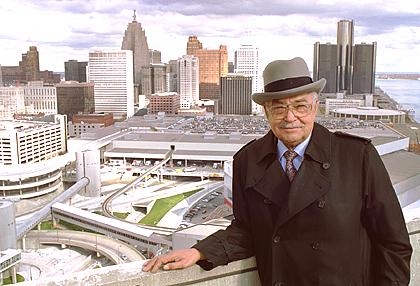
(Coleman A. Young stands atop the Riverfront Apartments he encouraged as Mayor. Detroit Free Press photo by Tony Spina)
So, Coleman Young grabbed Detroit by the throat and shook it so hard that the fifth largest city in These United States had its neck broken.
Nah, didn’t happen that way. Walk with me back a little to what happened a couple weeks before the State Senator made history by becoming the first African American elected to preside over a major American city.
Sort of seems quaint these days, but it was a big deal then. Atlanta followed within ten days, electing Maynard H. Jackson, Jr., over an avowed segregationist by a significant margin. Jackson’s majority included a third of the white vote.
The nation was adjusting to the change in demographics brought by the riots of 1968. In Atlanta, the electorate chose progress. In Detroit, ten percent of white voters went with the vast majority of blacks who hated the terror of the STRESS unit. That was the first thing that went when Coleman Young was sworn in as Mayor in 1974, and with it went the plurality of white citizens of the city.
It was one of those moments when an earthshaking event emerges from the ballot box. That was what was out in the open, and reported breathlessly by the media. There was much more that swirled out of conflict in the Middle East. A buddy was at basic intelligence school that Fall. In the shadow world, the two superpowers of the time moved toward confrontation over the Yom Kippur war.
He recalled that “…once the Israelis regained the advantage and crossed over into Egypt, the Soviets went to one step below Full Combat Readiness and began to generate their combat forces to include moving airplanes and ships to dispersal locations and forward deployment.”
Under the muscular Kissinger-Nixon leadership, the US countered by declaring DEFCON 3. There are five levels of Defense Condition. Mostly, we are at the lowest level, or “5.”
For those in the business, the order to go to “3” meant that the great machine was ratcheted up significantly. During the Cuban Missile Crisis the U.S. armed forces as a whole were ordered to DEFCON 3, while the Strategic Air Command was elevated to “2.” That means the bombers are aloft, on station, gas is in the air and pulses are throbbing. This was only the second time the whole machine went to “3,” and it would not happen again until 9/11.
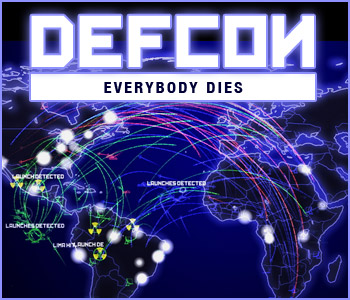
“It was a scary time,” my friend confided, “since no one knew what would come next. There were whispers that we would get a truncated round-the-clock version of schoolhouse spook training and shipped out.”
Against the stark backdrop of increased nuclear readiness, the ministers of OPEC shut off the pipelines and the price of oil skyrocketed like ICBMs. You had to be there to get the sense of it, but imagine having an empty tank and nothing and no way to fill it.
There is no physical shortage of oil these days. I marveled at the price of gas yesterday when I made the weekly pilgrimage to Fort Myer to top off the tank of the Hubrismobile. I looked blankly at the price for Hi Test- close enough to four bucks a gallon that the difference was insignificant.
But I could buy all I could afford. That was the difference then. You could not get it.
In Detroit that disorganized fall there were so many things happening that it seemed the world was teetering on the brink. After the domestic craziness of the 1960s, there was the looming reality of the first military defeat in American history, a Presidency in the process of unraveling, and the sudden realization that we no longer controlled something as basic to our liberty as driving the Chevy down to the Levee.
The tank was about dry.
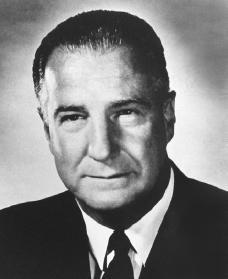
(Vice President Spiro Agnew.)
Do I have to remind you that Vice President Agnew had to resign just a few weeks before Coleman Young was elected? That is a footnote that is not an irrelevancy to the man who strode up to the podium to take command of the fifth largest city in America, the home of the Big Three car makers, and the emblem for Mom and Apple Pie.
It is worth a brief profile of the man who would become Mayor For Life of Detroit, and the historic role he played in its decline, periodic resurrection, and ultimate desolation.
There is much that is admirable about Mr. Young. His Dad brought the family north from Alabama in 1923 as a response to the violence of the Klan and the suffocating institutional racism of Tuscaloosa.
An Army veteran of the war, he infused in his son a sense of outrage at the basic unfairness of the system. That was exacerbated by the treatment Coleman experienced in the parochial schools, ultimately having to return to public education to graduate from Eastern High School.
Lack of scholarship money meant that he could not attend the University of Michigan. He was a Progressive (at a minimum) and dabbled with the outer left fringes of the movement, attempting to organize workers at Ford’s and the Post Office. With the coming of the war, he sought a commission in the Army Air Corps and was one of the famed Tuskegee Airmen. He also was a determined activist, and participated in one of the first social actions of what would inspire Harry Truman to end the official segregation of the US Military: the Freeman Field Mutiny.
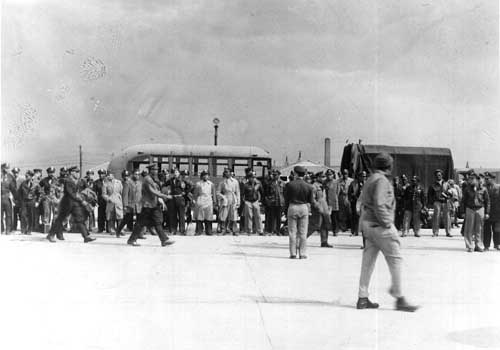 (African American Officer line up after arrest.)
(African American Officer line up after arrest.)
In that event, African American officers were arrested a total of 162 times for attempting to integrate the Officer’s Club at the air base at Seymour, Indiana. Upon demobilization, Young returned to Detroit to explore a variety of avenues to political power. The one that worked was the Con-Con: Michigan’s 1960 effort to reform the state constitution.
That was a bizarre intersection between Magpie and the future Mayor, since the chapter of the League of Women Voters she chaired in Grabbingham was influential in the convening of the convention. I remember carrying signs in support around the little suburban town, part of George Romney’s successful effort to transition from businessman to statesman.
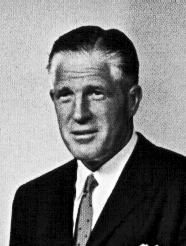
(Raven’s Boss, George Romney, Governor of Michigan.)
From Con-Con, Young ran for State Senate, won, and positioned himself to become the ultimate powerbroker in a doomed town. It was fascinating to watch, a Motor-City version of the passion play that Marion Barry later ran in Washington, DC, to the horror of the people who worked in the government but did not live where they labored.
That is worth a little discussion as all the roads lead out from 1974 into a future that still does not seem real at all.
Copyright 2011 Vic Socotra
www.vicsocotra.com
